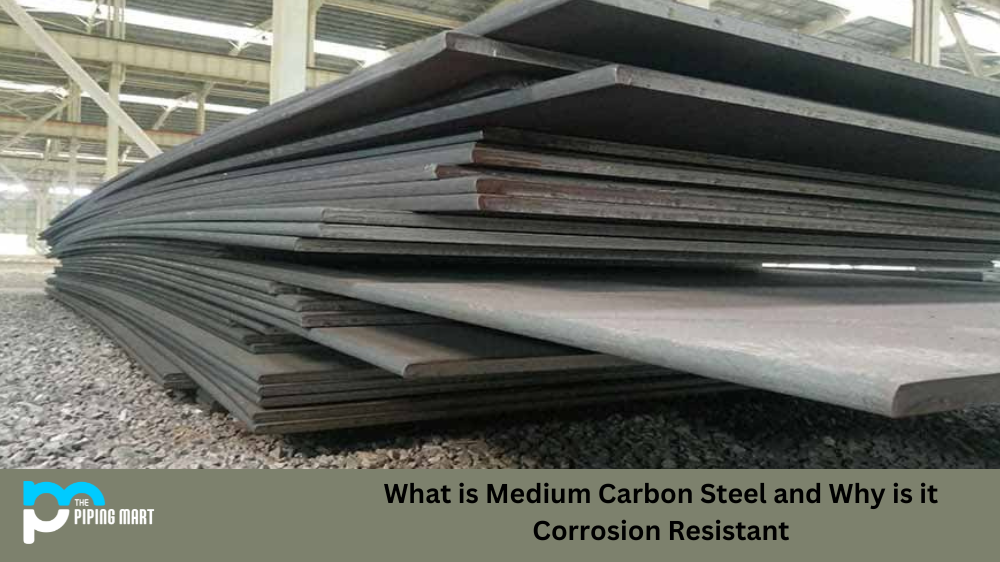Stainless steel is known for its strength and durability, making it a popular choice for many applications. But what about its structure? Did you know that stainless steel can have different phases? One such phase is the sigma phase. In this blog post, we’ll explore the sigma phase in stainless steel and why it’s important.
What is Sigma Phase?
The sigma phase (σ) is an intermetallic compound found in stainless steel alloys with high-chromium content. It forms at high temperatures and has a tetragonal crystal structure. The formation of this phase occurs when the alloy’s chromium content exceeds 13 per cent by weight; at this point, it becomes unstable and starts to form a new crystalline structure composed of iron and chromium atoms (the σ phase). This new structure is called “sigma” because it resembles the Greek letter “σ”.
Why Is It Important?
The sigma phase in stainless steel can be beneficial or detrimental depending on its application. For example, if it forms during welding, it can cause embrittlement and lower corrosion resistance due to grain boundary precipitation. On the other hand, if present during heat treatments like stress relieving or tempering, it can increase the material’s toughness and fatigue strength. Therefore, knowing how to control or prevent its formation is key to getting optimal performance out of your stainless steel parts or components.
What Can Be Done About It?
There are several ways to prevent or minimize the formation of the sigma phase in stainless steels, including controlling temperature, using low-carbon grades of alloys, adding stabilizing elements like molybdenum or nickel, or using special heat treatment techniques like nitriding or nitro carburizing. In addition, certain surface coatings can also help reduce its formation by providing a barrier between the material and the environment that prevents oxidation from occurring during welding operations. All these methods should be considered when working with stainless steels containing sigma phases to achieve optimal performance from your parts!
Conclusion:
The Sigma phase determines how well your stainless steel components perform under different conditions. By understanding what causes it to form and how to prevent or minimize its formation, you’ll get better performance out of your parts while maintaining their corrosion resistance properties! Suppose you’re a professional working with stainless steel. Understanding sigma phases should become part of your routine practice to notice all important details when designing parts for optimal performance!

A passionate metal industry expert and blogger. With over 5 years of experience in the field, Palak brings a wealth of knowledge and insight to her writing. Whether discussing the latest trends in the metal industry or sharing tips, she is dedicated to helping others succeed in the metal industry.




